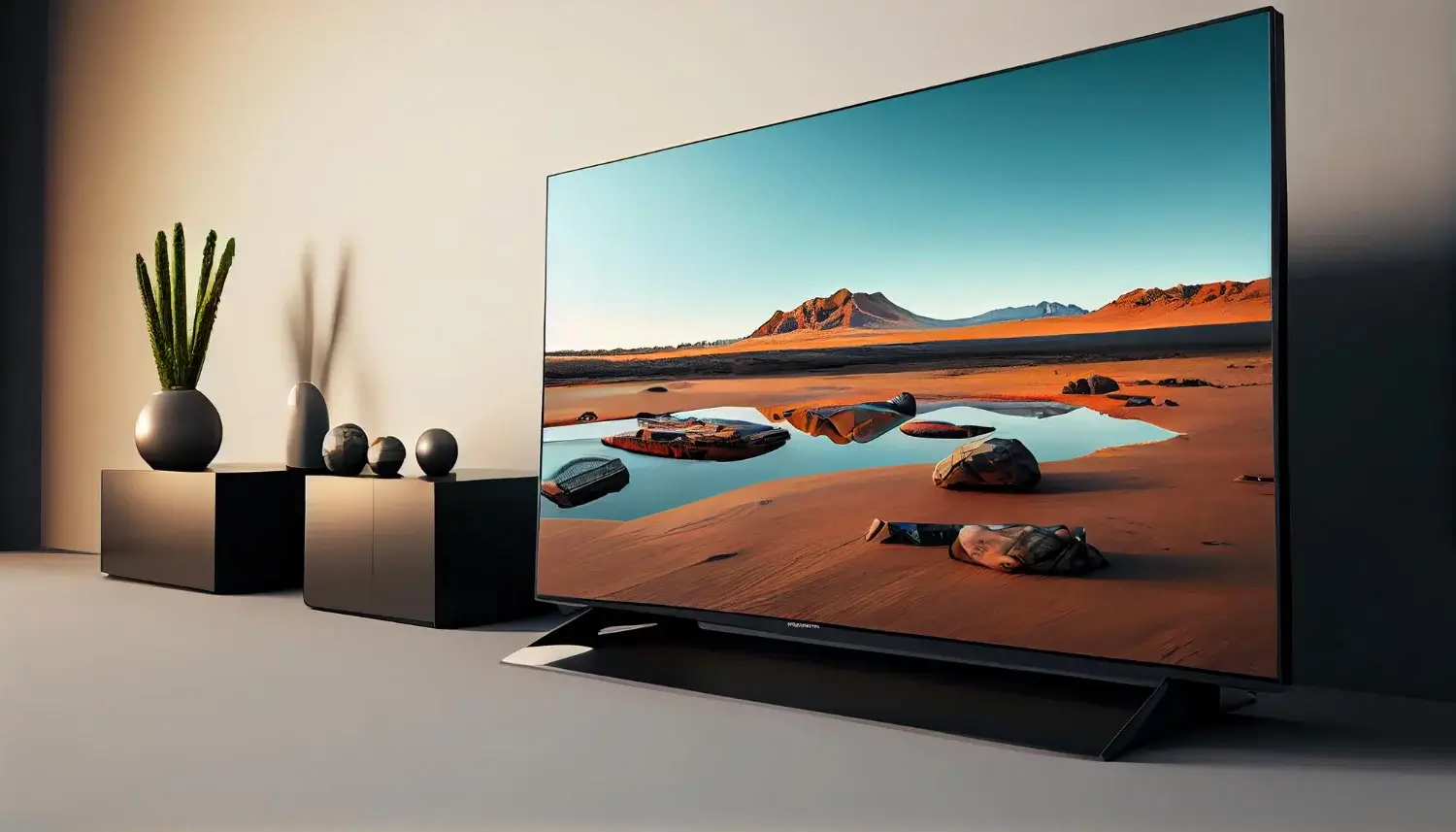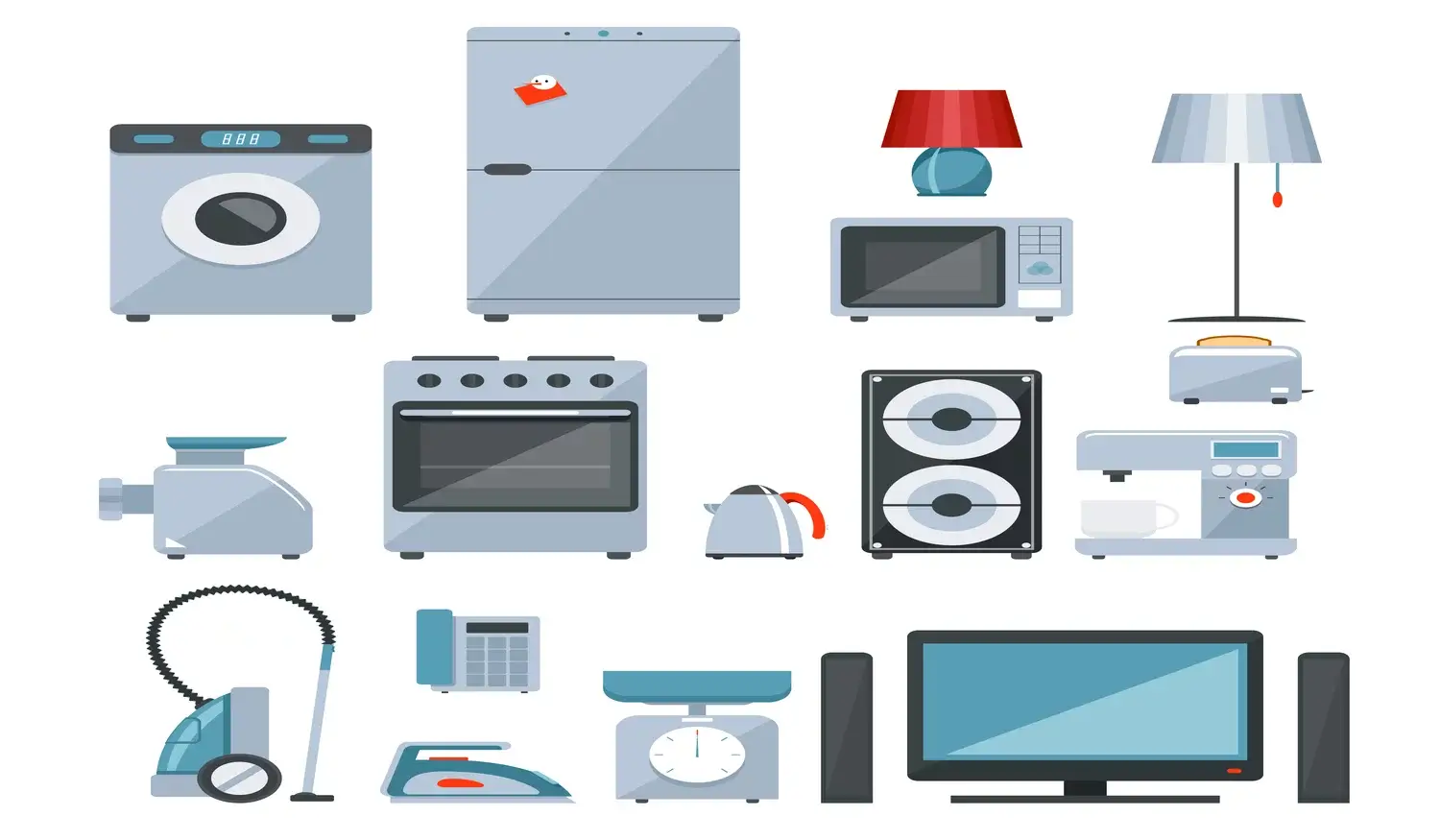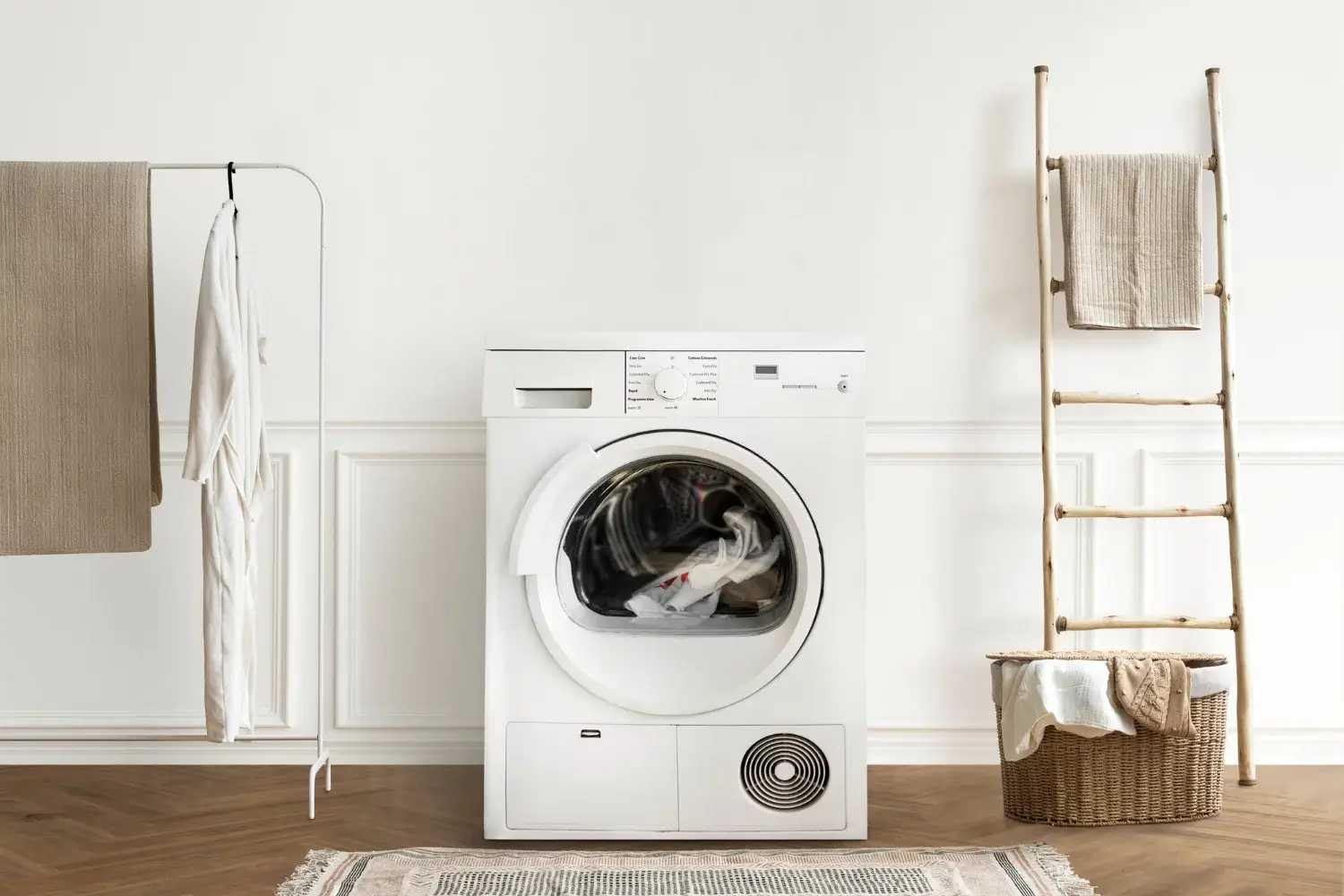Air conditioning is a must-have in most parts of the world, especially during the summer season. When it comes to purchasing an air conditioner, one may have the choice of either buying an old or a new model. In this blog, we will discuss the pros and cons of both old and new air conditioners.
Old Air Conditioners:
Pros:
Cost-effective: Old air conditioners are generally cheaper than new ones. This makes them a good choice for those who are on a tight budget.
Easy to repair: Since old air conditioners have been around for a long time, finding a technician to repair them is easy. Spare parts are also readily available in the market.
Durable: Old air conditioners are made of sturdy materials and are known for their durability. They can last for a long time if maintained properly.
Cons:
Energy consumption: Old air conditioners consume a lot of energy, which can lead to higher electricity bills.
Noise: Old air conditioners tend to be louder than new ones, which can be annoying for some people.
Limited features: Old air conditioners do not have many features compared to modern air conditioners. They may not have features such as remote control, timers, or sleep modes.
New Air Conditioners:
Pros:
Energy efficiency: New air conditioners are more energy-efficient than old ones. This means that they consume less energy and can save you money on your electricity bills.
Quieter: New air conditioners are quieter than old ones. This makes them a good choice for those who are sensitive to noise.
Advanced features: New air conditioners come with advanced features such as remote control, timers, and sleep modes. These features make them more convenient to use.
Cons:
Expensive: New air conditioners are generally more expensive than old ones. This can be a disadvantage for those who are on a tight budget.
Repairs: Since new air conditioners are more advanced, finding a technician to repair them can be a challenge. Spare parts may also be harder to find.
Durability: New air conditioners are made of lighter materials and may not be as durable as old ones. They may not last as long if not maintained properly.
Both old and new air conditioners have their pros and cons. It ultimately comes down to personal preferences and budget. If you are on a tight budget, an old air conditioner may be a good option. However, if you want advanced features and energy efficiency, a new air conditioner may be the better choice. Whatever you choose, make sure to maintain it properly to ensure it lasts for a long time.
Image by pch.vector on Freepik








